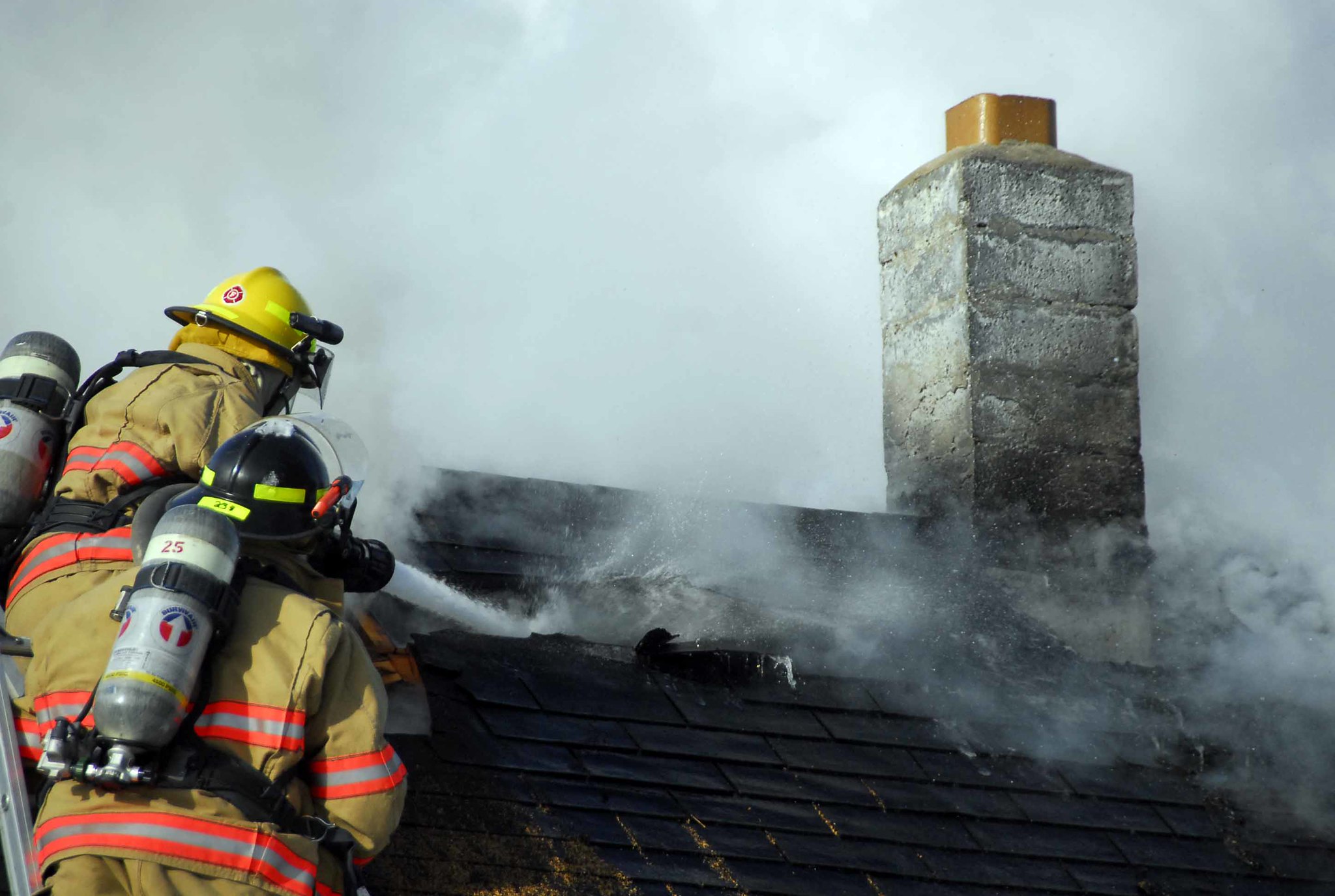
In this scenario a reporter covering a disaster finds a grief-stricken woman who he films in order to feature in his report before discovering the truth about the tragedy behind her emotions.
You are attending the aftermath of a fire that has damaged two houses. The residents are trying to gather all they can outside the smouldering premises as fire fighters douse the flames.
Emergency services staff refuse to answer any of your questions saying they are too busy to talk and that you should contact their HQ for the latest updates.
You notice a woman who is clearly traumatised by the incident. She is screaming and rambling. You go over to her and she tells you how she has lost everything, is now homeless and doesn’t know what to do.
She is clearly confused and not making much sense, but you film her.
As you finish your filming a fire officer and a paramedic urge you not to use the footage saying the woman’s child is unaccounted for. They tell you she is too distressed to be interviewed. They also suggest that it’s unlikely the child will have survived.
However you already have a dramatic interview – although the woman didn’t mention a missing child – and there is a bulletin looming. You are keen to use the material you have.
What do you do? Do you:
- acknowledge the concerns of the emergency services staff and say you will take them into consideration but run the interview anyway.
- realise the woman was traumatised and respect her grief and confusion by deciding not to use the footage but mention that you have been told by firefighters that there is a missing person still unaccounted for.
- use the material because you now have a much bigger developing story on your hands and what appeared to be just a house fire where people were concerned about losing their home and possessions could now be a story about a dead child.
- try to find the woman again in order to clarify whether her child is missing or not and ask her permission to carry out another interview for the bulletin.
- report that emergency services are searching for a missing child and use the earlier interview with the woman in context, explaining that it was carried out earlier before information that there could have been a loss of life had been released.
Suggested action
In this situation you do not have informed consent to run the interview. The woman was clearly traumatised and the advice of the medical professional is that the woman is too distressed to be interviewed again. However you do have new information that a child has not been accounted for. You should resist the temptation of running the interview with the woman but instead provide an update on the latest information from the firefighters – including the fact that they are still searching for missing people – and use background footage to illustrate the piece.

This scenario presents a classic ethical dilemma faced by journalists: the conflict between the public’s right to know and the individual’s right to privacy and dignity, particularly in a moment of extreme vulnerability.
Analysis:
- Initial misinterpretation:
- The reporter initially perceives the story as a simple house fire with property loss. This misjudgement stems from a lack of complete information and a focus on immediate, dramatic visuals.
- The reporter’s initial filming of the woman prioritises capturing raw emotion over understanding the context of her distress.
- Ethical concerns:
- The woman’s compromised mental state raises serious questions about informed consent. She is clearly not in a position to rationally agree to an interview.
- The emergency services’ warning highlights the potential for further traumatising the woman and interfering with their ongoing investigation.
- The temptation of using the emotional footage for a “dramatic interview” conflicts with the core ethical principles of journalism.
- The evolving story:
- Learning that a child is missing transforms the narrative from a property damage story to a potential tragedy involving loss of life.
- This revelation underscores the importance of verifying information and avoiding premature conclusions.
- The pressure of the bulletin:
- The looming deadline creates pressure to deliver a compelling story, potentially leading to compromised ethical decisions.
Issues:
- The importance of context:
- This scenario emphasises the need for journalists to gather complete and accurate information before reporting.
- Understanding the context of a situation is crucial for ethical and responsible reporting.
- Respect for vulnerability:
- Journalists have a responsibility to treat individuals with respect and sensitivity, especially during times of crisis.
- Exploiting someone’s vulnerability for a sensational story is unethical and potentially harmful.
- Prioritising accuracy and responsibility:
- The reporter’s primary responsibility is to provide accurate and reliable information to the public.
- This responsibility outweighs the desire for a dramatic or sensational story.
- The impact of social media:
- In today’s world, if the footage was used, it would most likely be shared across social media, and the woman would be subjected to further trauma.
The scenario depicts a reporter facing a critical ethical choice. The initial focus on capturing dramatic footage without fully understanding the situation leads to a potential exploitation of a traumatised individual. Learning that a child is missing highlights the importance of thorough investigation and responsible reporting. The recommended action of prioritising accurate information, respecting the woman’s vulnerability, and focusing on the developing story of the missing child is the most ethical and responsible approach. In essence, the story evolves from a simple fire to a potential human tragedy, and the reporting needs to reflect that change with sensitivity and accuracy.








